Category: Glossary
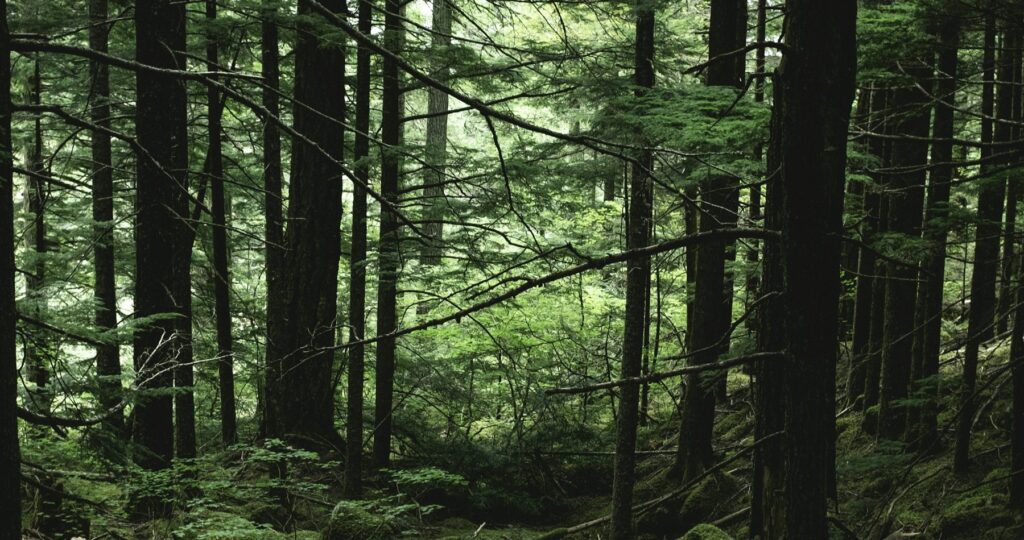
February 12, 2025
Culturally Modified Trees of the Interior, British Columbia
A Foreword For the Archaeologists who’ve found themselves interested in the niches of Ecology and Landscape-Use-Dynamics, we tend to recognize the landscape as a dynamic whole; a manuscript of activities, knowledge, and ideologies that human societies have crafted and applied to the environments in which they live. However, Professional Consulting Archaeologists in Cultural Resource Management
Keep Reading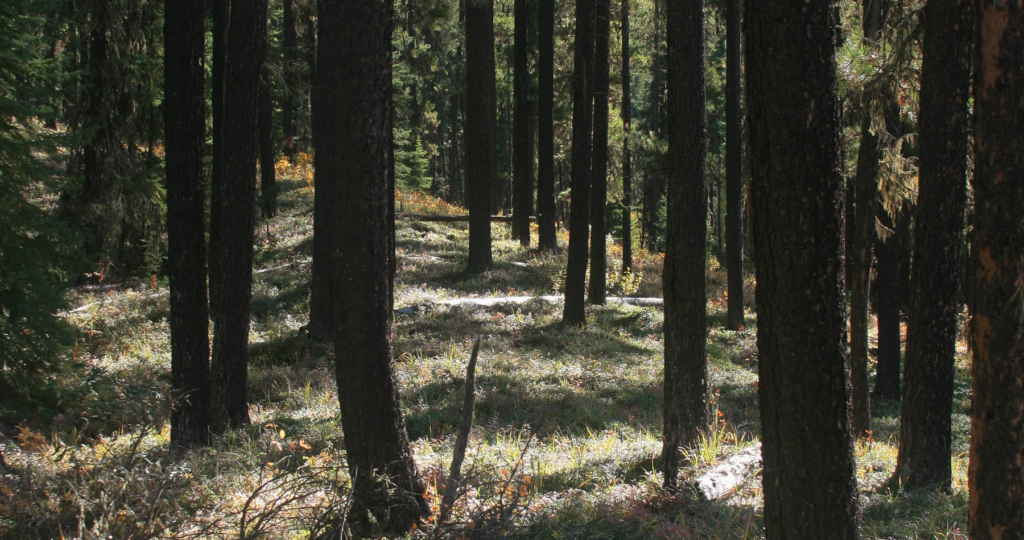
January 31, 2025
Alberta’s Boreal Sand Hills
Alberta’s Boreal Sand Hills Some people may be surprised to learn that Alberta is home to a series of large sand hill complexes made up of large forested dune features. Typically, when we think of sand dunes we tend to picture hot and dry regions with minimal vegetation, often situated near oceans. However, Alberta’s boreal
Keep Reading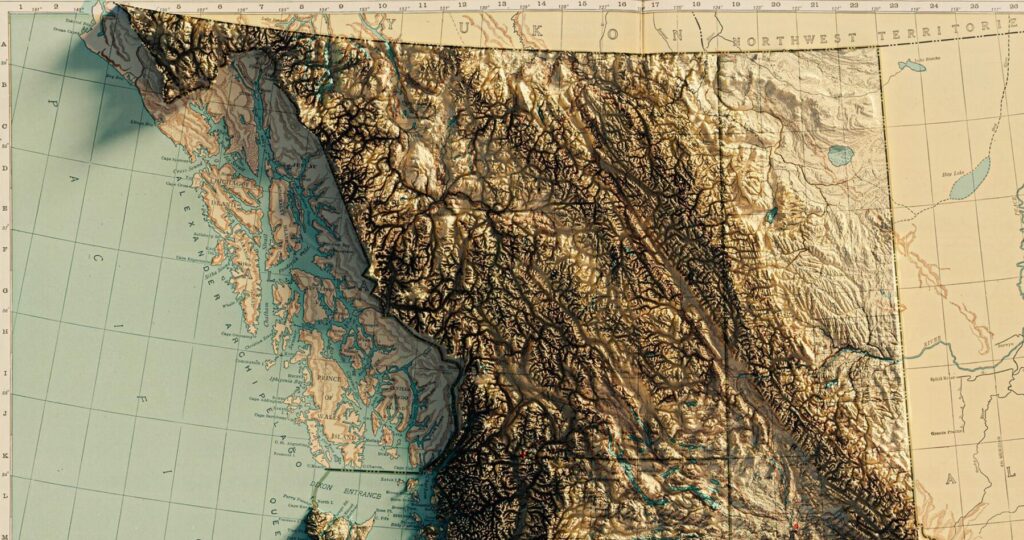
July 2, 2023
Top sites of 2022, BC edition
Field operations in British columbia 2022 marked Ember Archaeology’s first year of significant field operations in British Columbia. Our BC crews conducted a number of sizable wildfire-related projects for the BC Ministry of Forests over the course of the season, ultimately surveying hundreds of kilometers of constructed fireguards and fuel reduction developments. These were nearly
Keep Reading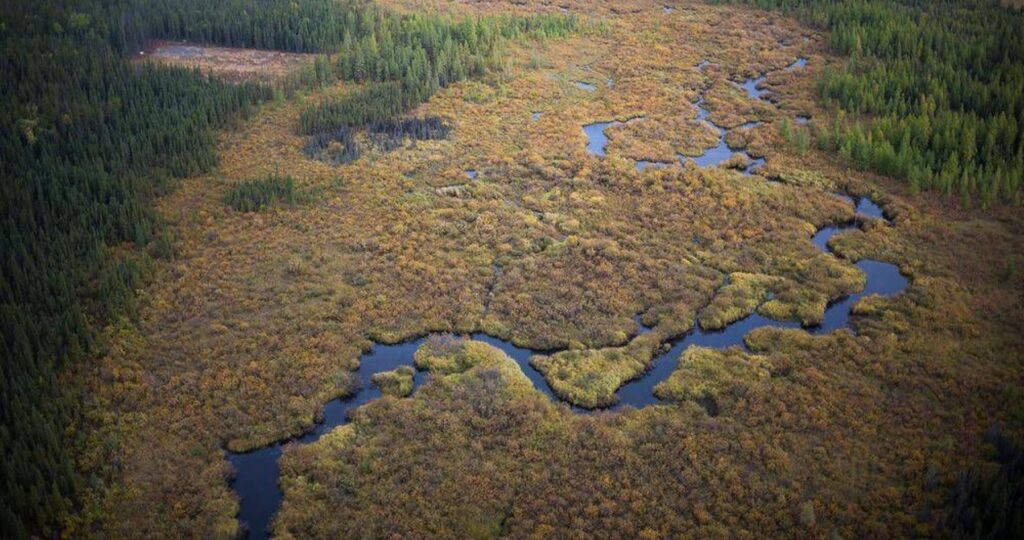
June 1, 2023
The Quarry of the Ancestors
Alberta Oil sands The Alberta oil sands has seen it’s fair share of media attention over the last few decades! Unfortunately, most of it has not been positive… In this blog, we are going to discuss an amazing archaeological discovery from the Alberta oil sands, and how these findings have shaped our knowledge about prehistory
Keep Reading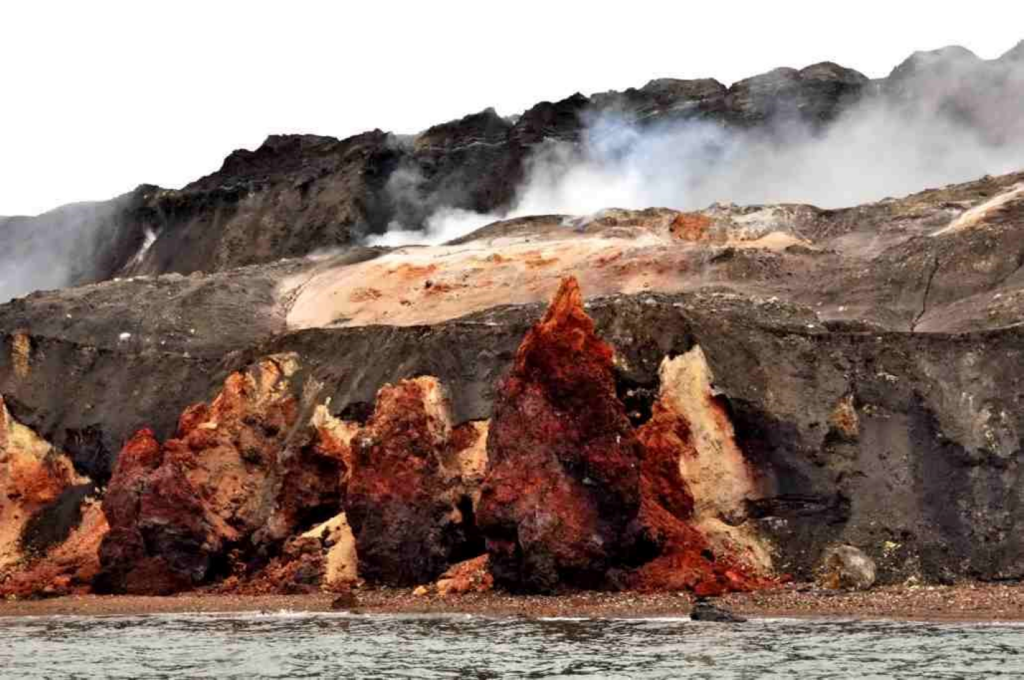
May 1, 2023
Finding Tertiary hills clinker in alberta
Needle in a haystack Tertiary Hills Clinker is a natural rock that is formed when coal seams burn underground and melt the surrounding sediments. Lightening and forest fires can ignite exposed seams of coal, which burn hot enough to turn clay and sand into a near-glass like material that is suitable to make stone knives,
Keep Reading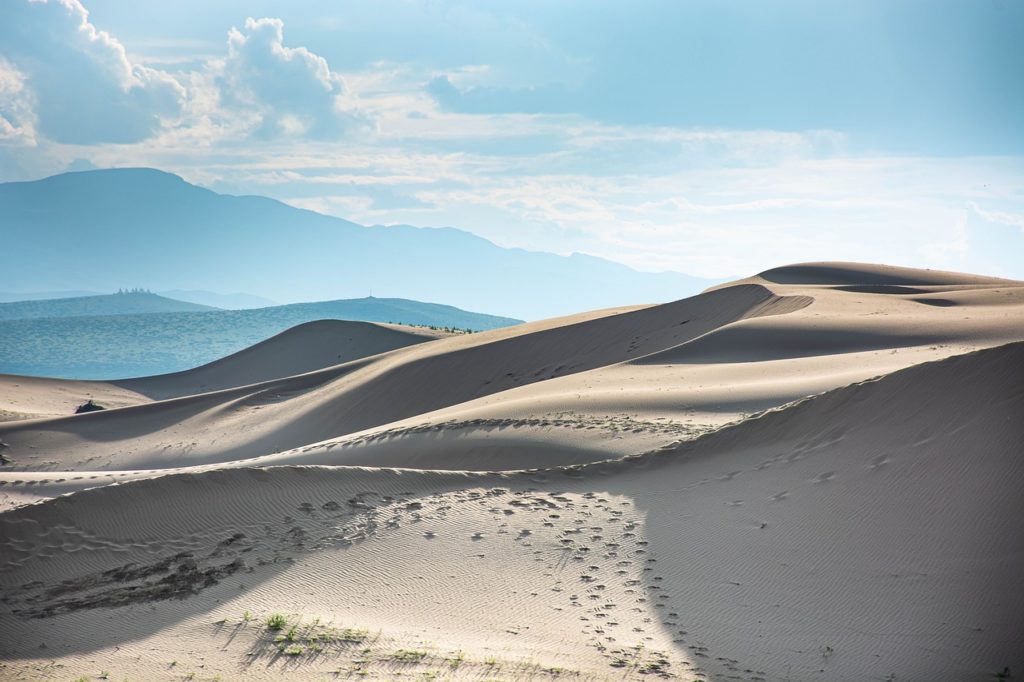
April 3, 2023
How are archaeological sites buried?
So much dirt! One of the most common questions we are asked is: “how are archaeological sites buried?” and “Where does all the dirt come from?” It doesn’t make sense for layers of dirt to be covering the world deeper and deeper over time, right? Well, that’s because it’s only part of the story. Did
Keep Reading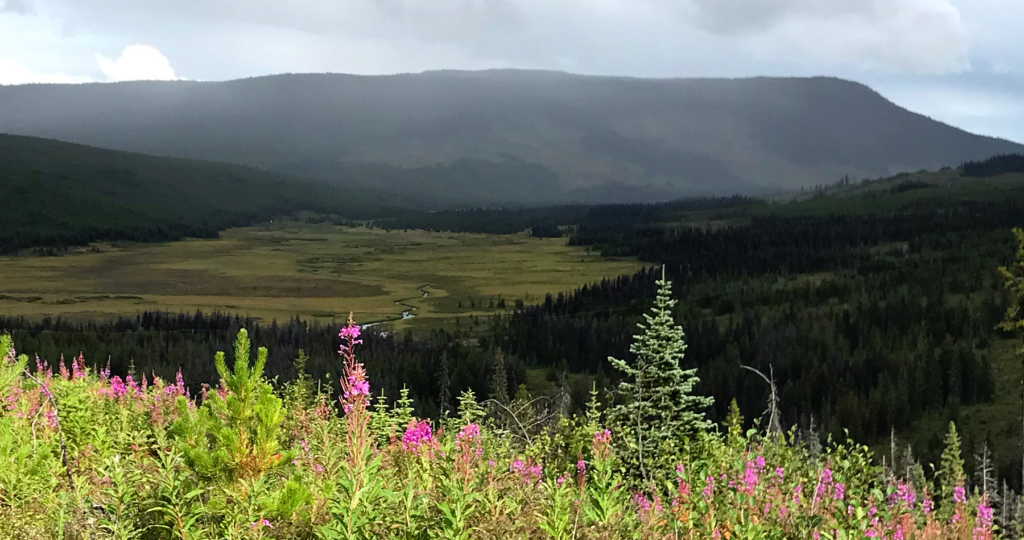
February 3, 2023
Lanceolate Bifaces of The Interior Plateau, BC
Spear Points in the Forest In the summer of 2022, archaeologists Braedy Chapman and Fallon Hardie conducted archaeological impact assessments (AIA’s) on emergency wildfire rehabilitation developments. These developments were constructed to manage the spread and impact of wildfire throughout the Interior Plateau of British Columbia. Long stretches of forest have been scraped or bladed to
Keep Reading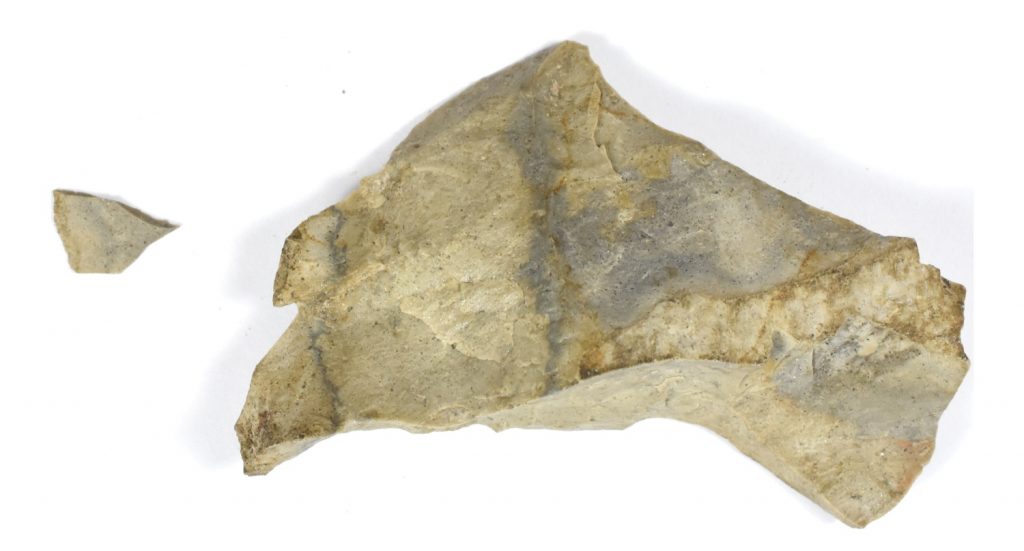
April 21, 2022
Glossary Series – Beaver River Sandstone
Beaver River Sandstone is a stone used for flintknapping that was found in two major quarries near Fort McKay in northern Alberta. It can appear in all shades of grey and brownish grey, with small embedded crystals of medium to dark grey quartz (called “inclusions”). Depending on where it was quarried, it can range from
Keep Reading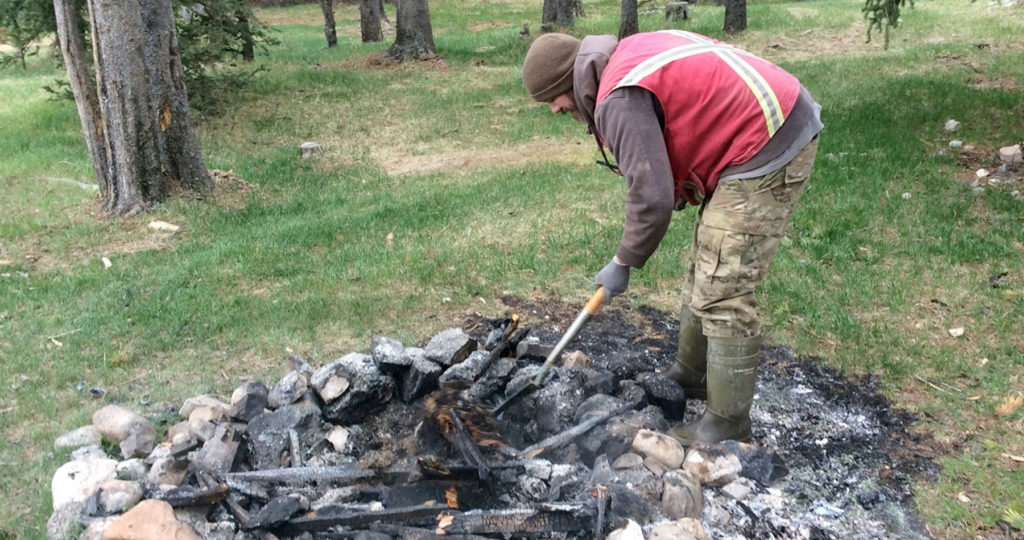
February 7, 2022
Glossary Series – Fire Cracked Rock
Fire Cracked, or Broken, Rock (FCR or FBR) is a type of artifact found at many archaeological sites in Alberta. It is created by heat cycling a stone (eg. heating it up and then cooling it off). If the stone is cooled very quickly, it can fracture, or even explode! Repeatedly heat cycling a rock
Keep Reading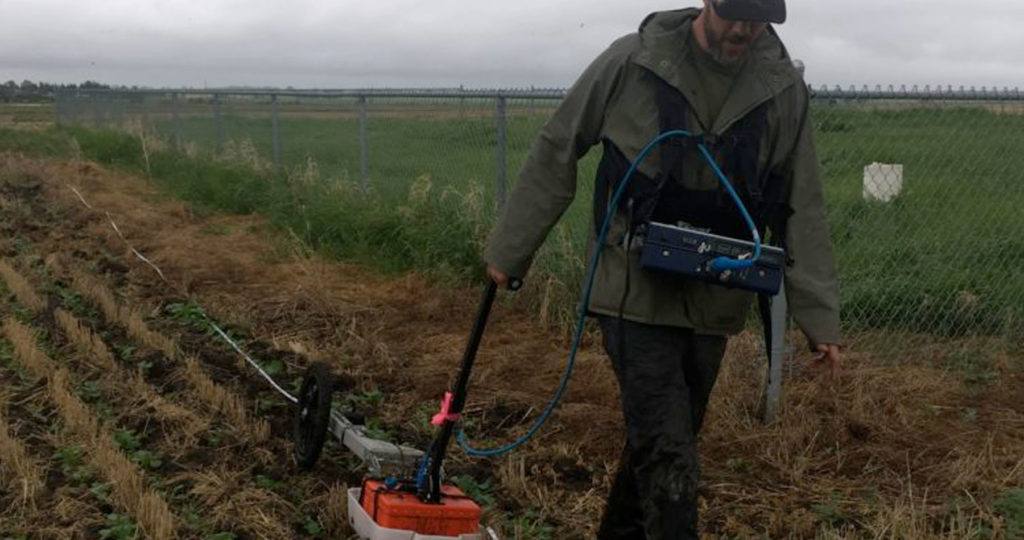
February 18, 2019
Ground Penetrating Radar
Ground-Penetrating Radar (GPR) is the process of sending radiowaves through the ground. As these radiowaves pass through the ground, any change in the subsurface materials will cause some energy to be reflected back to towards the surface while the remaining energy continues deeper. This information is recorded by a receiver which records the time it
Keep Reading